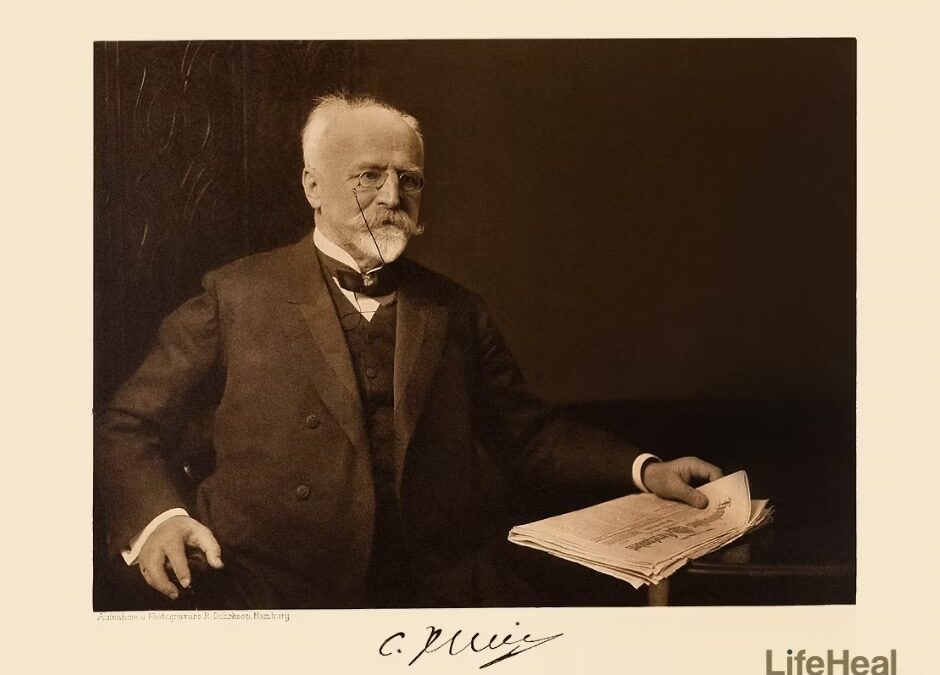The concept of soul archetypes is deeply rooted in both psychology and spirituality, providing a profound understanding of the human psyche and our journey towards self-realisation. Carl Jung, a Swiss psychiatrist and psychoanalyst, was one of the first to explore archetypes as a way of understanding the unconscious mind. Jung’s work offers an intersection of psychology, mythology, and spirituality that enriches our understanding of the soul’s complex nature. By integrating these ideas with other spiritual frameworks, including Maslow’s Hierarchy of Needs, we gain a fuller picture of personal growth and the evolution of the self.
Jung’s Archetypes and the Collective Unconscious
Carl Jung believed that beneath our individual experiences lies a deeper, universal layer of the psyche known as the collective unconscious. Unlike the personal unconscious, which stores forgotten memories and repressed emotions, the collective unconscious holds archetypes—universal symbols, themes, and patterns of behaviour shared across cultures and time. Jung identified several key archetypes, each representing different aspects of the human experience. He argued that these archetypes shape our personalities, behaviours, and spiritual development.
Among the most significant archetypes Jung described are:
-
The Self: The ultimate goal of psychological and spiritual growth. It represents wholeness, unity, and the balance of opposites within us. The Self is both the conscious and unconscious aspects of our being coming together in harmony. In spiritual terms, it is the realisation of our soul’s full potential, often referred to as “individuation.”
-
The Shadow: This archetype represents the darker, unconscious parts of ourselves—those aspects we often repress or deny. The Shadow isn’t inherently evil, but it can embody our fears, instincts, and unresolved emotional baggage. Spiritual growth requires confronting and integrating the Shadow, acknowledging the parts of ourselves we’ve neglected.
-
The Anima/Animus: These archetypes embody the feminine and masculine energies within each person. For Jung, the Anima represents the feminine side of a man, while the Animus is the masculine side of a woman. Balancing these energies is essential for psychological wholeness, as they connect us to our intuitive and creative potentials.
-
The Hero: Often seen in myths and legends, the Hero’s journey symbolises the individual’s quest for personal transformation. It represents courage, determination, and the drive to overcome challenges. In spiritual terms, the Hero’s journey is about facing inner struggles, transcending limitations, and emerging stronger and more enlightened.
Jung saw these archetypes as central to understanding the spiritual journey. The process of individuation—becoming whole—requires us to engage with these archetypes, understanding how they influence our behaviours and perceptions.
Archetypes and the Spiritual Journey
From a spiritual perspective, Jung’s archetypes are more than psychological constructs; they are reflections of the soul’s journey. The Self, as the archetype of wholeness, mirrors the spiritual concept of enlightenment or self-realisation. It is the state of being where the ego dissolves, and the soul aligns with its higher purpose. Spiritual teachings often refer to this as returning to the “True Self” or the “Divine Self,” where we transcend the limitations of the material world and connect to a higher consciousness.
The Shadow is equally significant in spiritual practices, particularly in traditions that emphasise shadow work, such as depth psychology or shamanism. By facing the Shadow, individuals confront the parts of their soul that have been wounded, repressed, or ignored. This process, though challenging, is transformative. It allows us to reclaim lost parts of ourselves and achieve spiritual healing. In a way, the Shadow is not the enemy, but rather a guide leading us to greater self-awareness and authenticity.
Maslow’s Hierarchy of Needs and the Soul’s Evolution
While Carl Jung provided a framework for understanding the archetypal aspects of the soul, Abraham Maslow, a humanistic psychologist, contributed to the understanding of personal growth through his Hierarchy of Needs. Although Maslow’s theory is often discussed in psychological terms, it can also be applied to spiritual development.
At the base of Maslow’s pyramid are physiological needs, which must be met before higher spiritual concerns can be addressed. As we move up the hierarchy—from safety, love, and belonging to self-esteem and, ultimately, self-actualisation—we see a parallel with Jung’s concept of individuation. Maslow’s self-actualisation, the highest point in his model, represents the realisation of one’s potential and can be viewed as a step towards spiritual enlightenment.
Maslow himself recognised the importance of spirituality in human growth, referring to what he called peak experiences. These are moments of profound insight, connection, and transcendence, often described as spiritual or mystical in nature. These experiences align closely with Jung’s archetype of the Self, where the individual transcends the ego and experiences a sense of oneness with the universe.
In Maslow’s later work, he introduced the concept of self-transcendence, which goes beyond self-actualisation. Self-transcendence involves the realisation that we are not separate entities but part of a larger interconnected whole. This aligns with spiritual teachings that encourage individuals to move beyond the ego and connect with a higher consciousness or the divine.
The Role of Archetypes in Personal and Spiritual Growth
Both Jung’s archetypal theory and Maslow’s hierarchy point to a larger truth: personal and spiritual growth is a journey toward wholeness. Understanding and integrating soul archetypes can help us navigate this journey, offering insight into the unconscious forces shaping our lives.
Engaging with archetypes can be a powerful tool for self-reflection and transformation. By recognising the Hero within us, we can summon the courage to face life’s challenges. By working with the Shadow, we can heal old wounds and move towards self-acceptance. And by connecting with the Anima or Animus, we embrace the fullness of our creative and intuitive selves.
Spiritual growth, like psychological growth, is not linear. It is a process of continual unfolding, where we must confront both light and shadow. The more we understand the archetypal forces within us, the more we can align with our true purpose and live authentically.
Conclusion: Integrating Jung and Maslow for Holistic Growth
The soul’s journey, as understood through Jung’s archetypes and Maslow’s Hierarchy of Needs, offers a path to personal and spiritual transformation. Jung’s exploration of the unconscious and the archetypes provides a map for understanding the different facets of our inner world, while Maslow’s work reminds us of the steps we must take to reach higher states of consciousness.
By integrating these insights, we can see that personal growth is not just about psychological development but also about spiritual evolution. The ultimate goal, whether we call it individuation or self-actualisation, is to reach a state of wholeness—a place where the soul is fully realised, and we are connected with our higher selves. This journey is both inward and outward, leading us to greater awareness, purpose, and connection with the divine.

